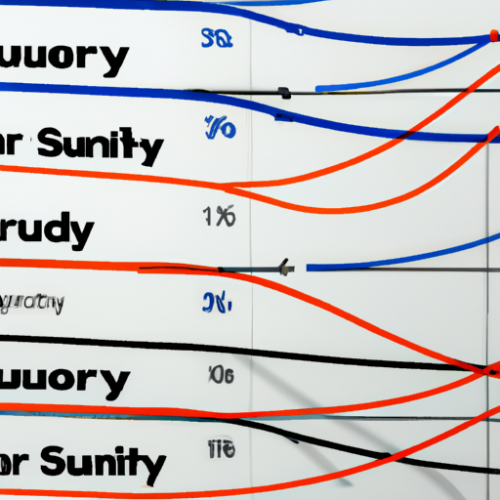Supply schedule vs. supply curve: Supply schedule can simply be defined as the relationship between the price of a given commodity and the quantity that is to be supplied. In more specific terms, supply schedule generally shows the price that suppliers are willing to sell a given quantity of a product or a service. Measured against the available demand, the schedule will determine how much a product needs to be sold for in order to meet the demand. Supply curve on the other hand, is a graphical representation of the price of a given commodity in relation to the quantity supplied for a given period. This can be represented on a graph to show either a downward or an upward trend. There are some differences that we can highlight between supply curve and supply schedule.
So What is the Differences between Supply Schedule and Supply Curve?
1. Structure
The first glaring difference is in the structure of the two. In the case of a supply schedule, the structure is in a table form. Supply curve on the other hand, is represented in a graphical format in which a curve shows the relationship between the cost and the demand.
2. Representation
While supply schedule is represented in a tabular format, the representation is such that the tabular cells highlight the cost vs the demand in a progressive manner. The supply curve on the other hand is represented in such a way that the product is on the y-axis while the cost is on the x-axis.
3. Essentiality
The supply schedule highlights data in a table form. This may make it a bit cumbersome to make inferences, especially for top management. Top management would ideally rely on the supply curve to make quick decisions thanks to its brevity and ease of use.
4. Illustration
The other difference can be seen in the way the details are illustrated in each of the following datasets. In the case of a supply schedule, the data is just a set of numbers carefully arranged in a table which may not make sense to a layman. The supply curve on the other hand is well illustrated through the planning and arrangement of the data in the x and y axis.
5. Shift in supply
It is not an easy task to show the shift in supply when using and relying solely on the supply schedule. However, it is a bit easier to rely on the data and representation of the supply curve as this shows some kind of trend.
6. The Number of supplies
The size of a supply schedule is determined by the number of datasets that are entered in the table to be filled. This means that a table would only be as big as the data filled in it. On the other hand, the supply curve will be determined by the number of values in the y-axis.
7. Accuracy
The other huge difference can be seen in the accuracy of the data and authenticity of the same. In the case of a supply curve, the data and the output seems to be more accurate than the data in the supply schedule. The information contained in the schedule may not be of much value as that in the curve,
8. Interpretation
The interpretation of the supply curve is seen to be much easier than that in the supply schedule. Managers and investors will prefer the dat as presented in the supply curve and not as it is presented in the supply schedule.
9. Equilibrium
It is a bit cumbersome to determine the equilibrium point when dealing with data as presented in the supply schedule. This is however not the case when dealing with the supply curve as one can easily determine the equilibrium point in a curve.
10. Preparation
The supply schedule is prepared first before its values graphically modified into a supply curve: The supply schedule is drawn to study the production level of a given product, and then the values in the chart are adjusted to a supply curve.

